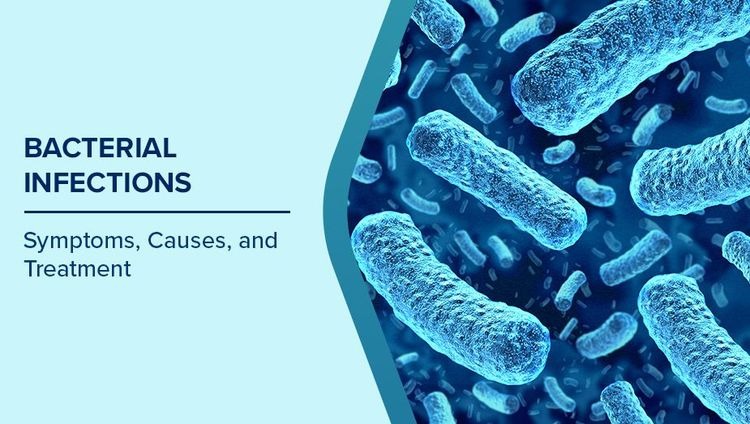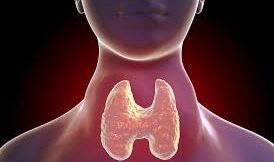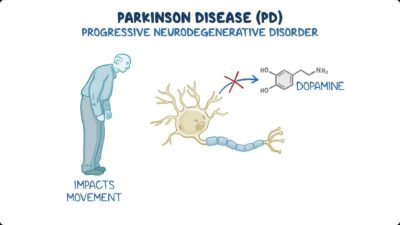Bacterial infections affect millions worldwide, causing illnesses ranging from mild skin conditions to life-threatening diseases. Understanding how these infections spread, their symptoms, and effective treatments can help you protect yourself and your loved ones.
Table of Contents
What Are Bacterial Infection?
Bacterial infections occur when harmful single-celled microorganisms invade your body, multiply, and release toxins. Unlike viruses, bacteria are living organisms that can reproduce on their own.
🔬 Key Facts:
- Not all bacteria are harmful – Many are beneficial (like gut bacteria)
- Antibiotics treat bacterial infections but are ineffective against viruses
- Some bacteria become antibiotic-resistant, making infections harder to treat
Bacterial vs. Viral Infections: Key Differences
| Feature | Bacterial Infections | Viral Infections |
|---|---|---|
| Cause | Bacteria (living single-celled organisms) | Viruses (non-living particles) |
| Treatment | Antibiotics | Antivirals (few options available) |
| Reproduction | Can multiply independently | Needs a host cell to replicate |
| Examples | Strep throat, UTIs, Lyme disease | Flu, COVID-19, common cold |
Common Types of Bacterial Infections
1. Respiratory Infections
- Pneumonia (Streptococcus pneumoniae)
- Tuberculosis (Mycobacterium tuberculosis)
- Whooping cough (Bordetella pertussis)
2. Foodborne & Gut Infections
- Salmonella (raw poultry, eggs)
- E. coli (contaminated water, undercooked meat)
- C. diff (often linked to antibiotic use)
3. Sexually Transmitted Infections (STIs)
- Chlamydia
- Gonorrhea
- Syphilis
4. Skin Infections
- Cellulitis (red, swollen skin)
- Impetigo (common in children)
- Boils (painful pus-filled lumps)
5. Urinary Tract Infections (UTIs)
- E. coli (most common cause)
- Klebsiella
How Do Bacterial Infections Spread?
Bacteria can enter your body through:
1. Airborne/Droplet Transmission
- Coughing, sneezing (e.g., tuberculosis, whooping cough)
2. Direct Contact
- Skin-to-skin (staph infections)
- Sexual contact (STIs)
3. Contaminated Food/Water
- Undercooked meat, unpasteurized dairy
4. Vector-Borne (Insect Bites)
- Lyme disease (ticks)
- Rocky Mountain spotted fever
5. Hospital-Acquired Infections
- MRSA (antibiotic-resistant staph)
- Surgical site infections
Symptoms of Bacterial Infections
⚠️ General Signs:
- Fever & chills
- Fatigue
- Swelling or redness
🔍 Infection-Specific Symptoms:
| Infection Type | Key Symptoms |
|---|---|
| Respiratory | Cough, shortness of breath, chest pain |
| UTI | Burning during urination, frequent urges |
| Skin | Redness, warmth, pus, pain |
| Gut | Diarrhea, nausea, vomiting |
| STIs | Unusual discharge, pelvic pain |
🚨 Seek Emergency Care If You Have:
- High fever (103°F/39.4°C+)
- Confusion or difficulty breathing
- Severe dehydration
Diagnosis & Treatment
How Are Bacterial Infections Diagnosed?
- Lab tests (blood, urine, stool cultures)
- Imaging (X-rays for pneumonia)
- Swabs (throat, wound)
Treatment Options
✅ Antibiotics (e.g., amoxicillin, doxycycline)
- Oral pills for mild infections
- IV antibiotics for severe cases
⚠️ Antibiotic Resistance Warning:
- Always finish your prescribed course
- Never share antibiotics
7 Ways to Prevent Bacterial Infections
- Vaccinate (Tetanus, Pneumococcal, Meningitis)
- Wash Hands (20+ seconds with soap)
- Handle Food Safely (Cook meat thoroughly)
- Practice Safe Sex (Condoms reduce STI risk)
- Keep Wounds Clean (Prevent skin infections)
- Avoid Antibiotic Overuse (Follow doctor’s advice)
- Stay Up-to-Date on Travel Vaccines
FAQs About Bacterial Infections
Q: How long do bacterial infections last?
A: Mild infections improve in 3–7 days with antibiotics. Severe cases may take weeks.
Q: Are bacterial infections contagious?
A: Some are (strep throat, TB), while others (UTIs, Lyme disease) aren’t spread person-to-person.
Q: What happens if antibiotics don’t work?
A: Antibiotic-resistant infections may require stronger IV antibiotics or alternative treatments.
Q: Can you treat a bacterial infection without antibiotics?
A: Minor infections (like mild sinusitis) may resolve on their own, but always consult a doctor.
Q: How can I tell if my infection is bacterial or viral?
A: Lab tests confirm, but bacterial infections often cause high fever, pus, and localized pain.



